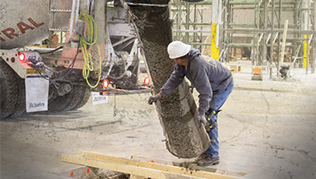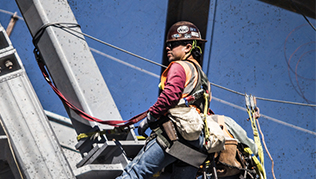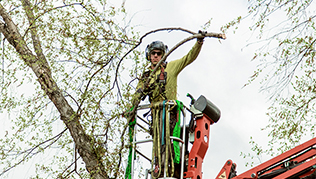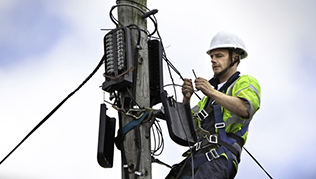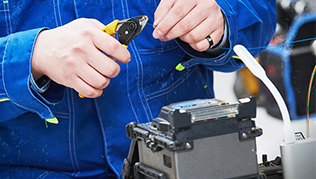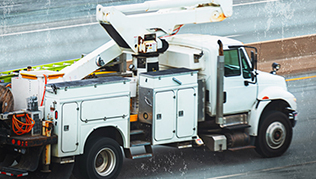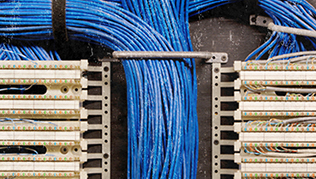Gas Detection 101
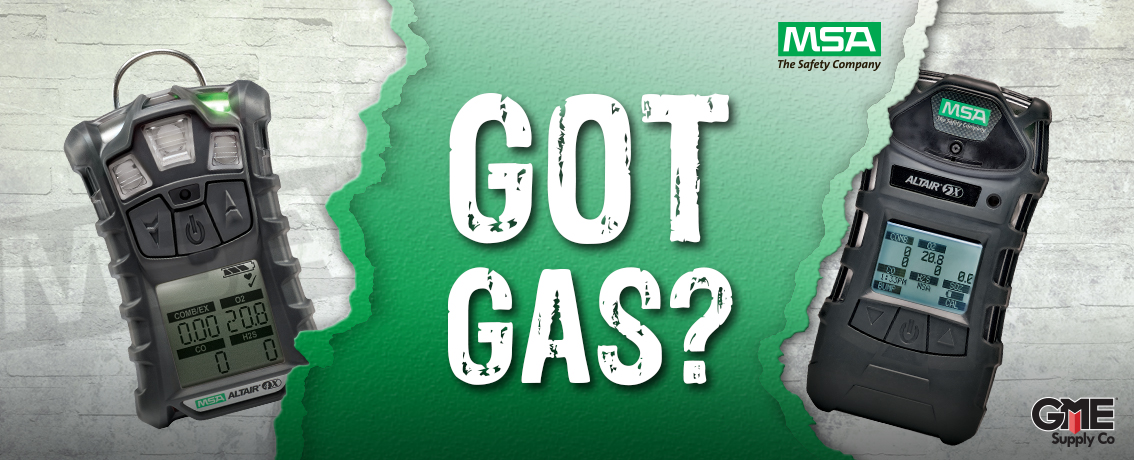 Gasses aren’t always at the top of mind when a project is being discussed or planned, but that doesn’t make them any less dangerous. When it comes to gas, the best way to be prepared is to know what you’re up against. This week our Gear Experts® are going to break down gas detection and how you can accurately keep your crew safe no matter what gas is flying around the job site.
Gasses aren’t always at the top of mind when a project is being discussed or planned, but that doesn’t make them any less dangerous. When it comes to gas, the best way to be prepared is to know what you’re up against. This week our Gear Experts® are going to break down gas detection and how you can accurately keep your crew safe no matter what gas is flying around the job site.
Gas
Let’s start with the basics. We are constantly inhaling and exhaling gas – the oxygen we breathe in, the carbon dioxide we breathe out, and all the other gasses that are around us every day. Not all gas is hazardous and not all hazardous gas is toxic unless enough is breathed in. Every job is different and that means the air around the structure and the gasses created by the environment and machines are different, too. Hazardous gas can be created by a long list of different things – from natural occurrences to man-made devices. Knowing that a hazardous gas is present is an essential part of job site safety. Some hazardous gasses smell – which means our noses can tell us when we are exposed to them. However, not every hazardous gas can be detected by human senses – at least, not until it is too late. On top of that, mixtures of otherwise harmless gasses can cause a whole slew of dangers like suffocation, explosions, and/or fires.
Gas Detection
We’ve already mentioned that there are some gasses that we can smell easily and some gasses that we cannot smell at all. So how do we know if we are being exposed to a hazardous gas? Or how do we know if there are two gasses present that can cause other issues (like an explosion)? That can be done with a gas monitor. A gas monitor, also referred to as a gas detector, is a device that detects the presence of gas in an area. The actual function of a gas detector is pretty simple. The device has sensors in it that are programmed to detect the presence of specific gasses. If that type of gas is detected, the gas detector will alert the user via an alarm. The most common sensors used in at-height, industry, and construction are Combustible (LEL), Oxygen, and Toxic. Combustible (LEL): Combustible (LEL), or combustible lower exposure level sensors, are designed to detect and monitor combustible hydrocarbon gases in the air. The most common combustible gasses are:
- Methane
- Butane
- High Hydrogen Content (HHC)
- Nonane
- Propane
- Hydrogen
- Carbon Monoxide (CO)
- Hydrogen Sulfide (H2S)
- Nitrogen Dioxide (NO2)
- Sulfur Dioxide (SO2)
How the Sensors Work
The way the sensors work varies depending on the type of sensor the manufacturer used. The most common types of sensors are:
- Electrochemical Sensors – Most commonly used for toxic gas detection. These sensors use electrodes to send signals when gas is detected.
- MOS (Metal Oxide Semiconductors) – Most commonly used for toxic gasses – carbon monoxide in particular. Metal oxide semiconductors use a gas sensitive film that triggers when the levels of gas become toxic.
- Catalytic Sensors – Most modern gas monitors use catalytic sensors. Catalytic sensors have a platinum treated wire coil that heats up when exposed to gasses due to oxidation. When the resistance of the wire is changed, due to the heat generated by oxidation, a circuit detects this change and triggers the warning.
- IR (Infrared Sensors) – This type of sensor uses a series of transmitters and receivers. The transmitters emit a light. If the receiver cannot “see†the light because of gas being in the way it triggers the warning.
Gear Up with Gear Experts: The Podcast
 We're also proud to announce Gear Up with Gear Experts® - A podcast dedicated to at-height, industry, and construction. Gear Up with Gear Experts® will be coming to your ears in early 2019 and in each episode, the hosts (Alex Giddings & John Medina) bring in a gear expert or industry leader to talk about gear, gear safety, tips, and tricks. To find out more about the show and sign up to get alerted when our first episode drops, head on over to gearexperts.com. There's a trailer there too, so you can get a sneak peek of the show.
We're also proud to announce Gear Up with Gear Experts® - A podcast dedicated to at-height, industry, and construction. Gear Up with Gear Experts® will be coming to your ears in early 2019 and in each episode, the hosts (Alex Giddings & John Medina) bring in a gear expert or industry leader to talk about gear, gear safety, tips, and tricks. To find out more about the show and sign up to get alerted when our first episode drops, head on over to gearexperts.com. There's a trailer there too, so you can get a sneak peek of the show.
Get Social
Be sure to follow us on social media to keep up with everything GME Supply has going on.
Facebook | Instagram | YouTube | Twitter | LinkedIn

We’re Also on Snapchat
Simply snap or screenshot this image ↓ to follow GME Supply!








